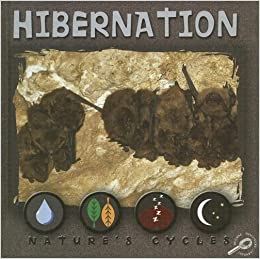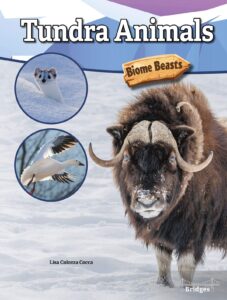LIBRARY BLOG
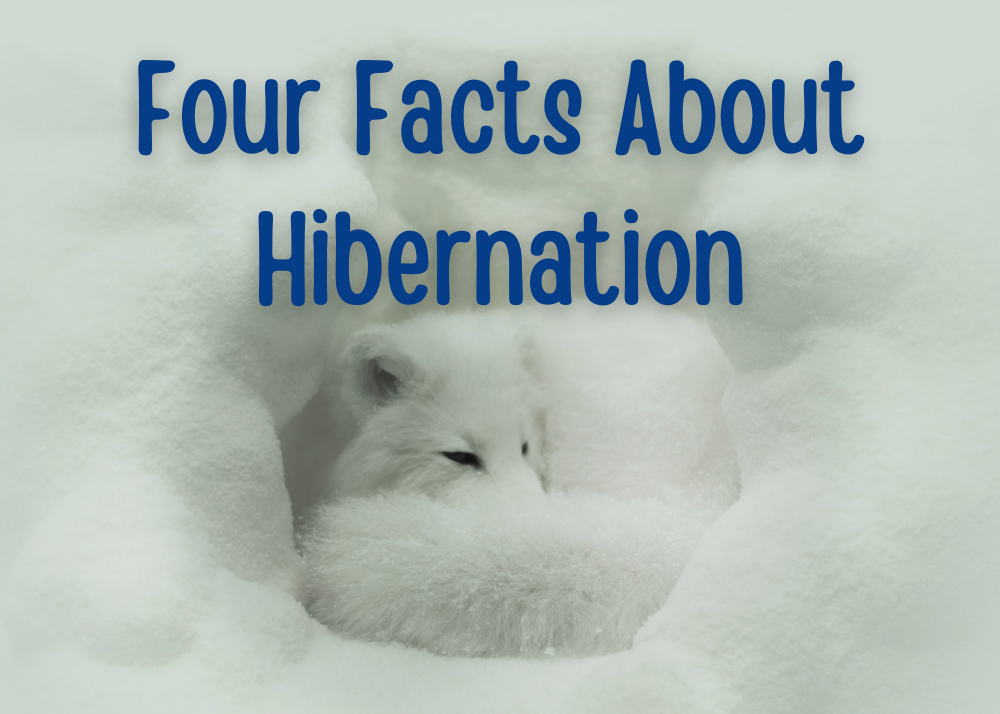
As tempertures start to dip, we aren’t the only ones preparing for winter. Animals across the Northern Hemisphere are finishing up what they need to do so that they can hunker down safely through the coldest months of the year. Below are some of my favorite facts about animal hibernation.
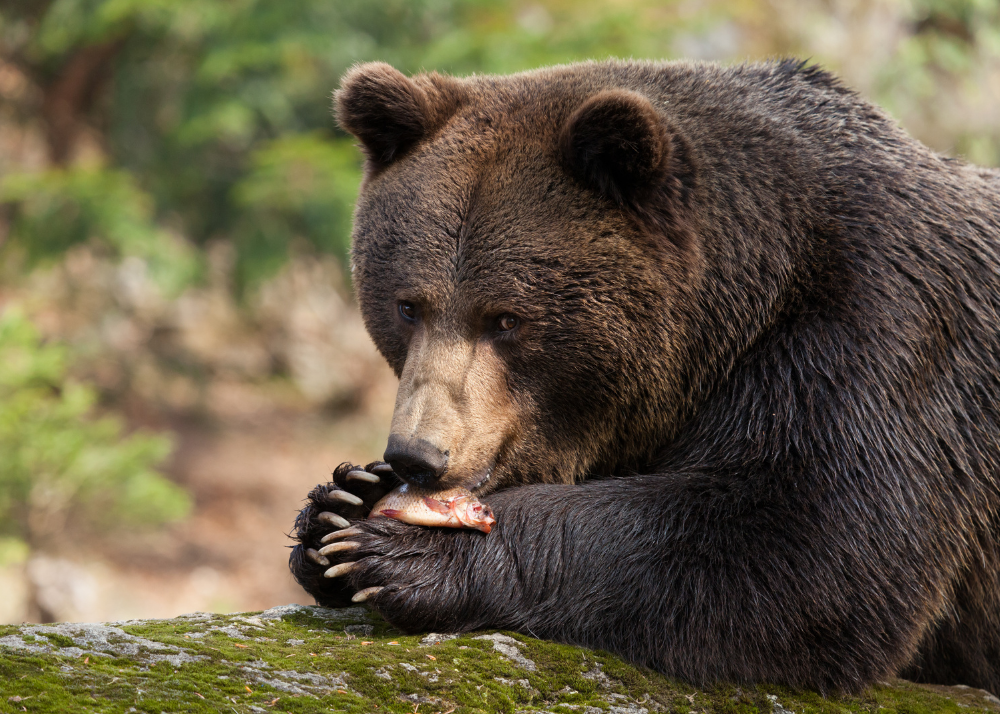
Summertime Feasts
During winter months, bears do not eat. The use the fat that is built up in their bodies to fuel them. In order to best prepare their bodies the feast during the summer months, eating as much as the bellies can hold so that they can fatten themselves up for their long nap.
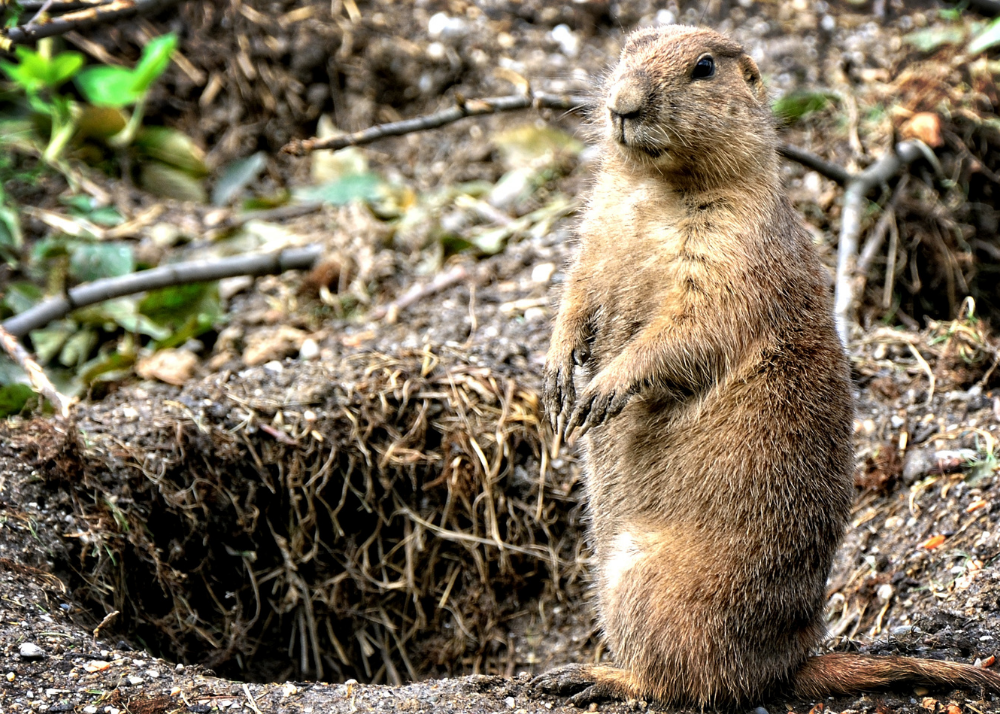
Furry Friends
Some animals share their winter homes with others of their kind. Marmots, a type of rodent, hunker down with sometimes fifteen or more of their friends. They spend up to eight months living deep underground in their burrow.
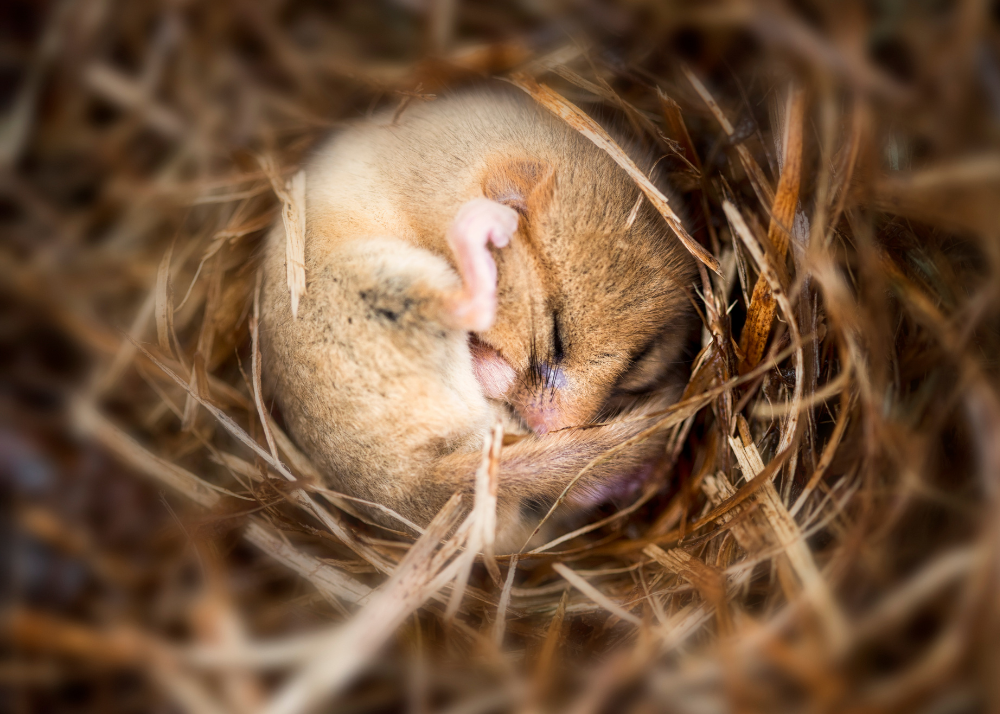
Living in Slow Motion
For animals that hibernate, the winter months bring some interesting changes to their bodies. Since food is fuel, and this fuel is scare during the colder months, the hiberbernating animals’ bodies will slow down in order to use less energy. This means that their hearts and breathing will slow down and their body temperture will lower.
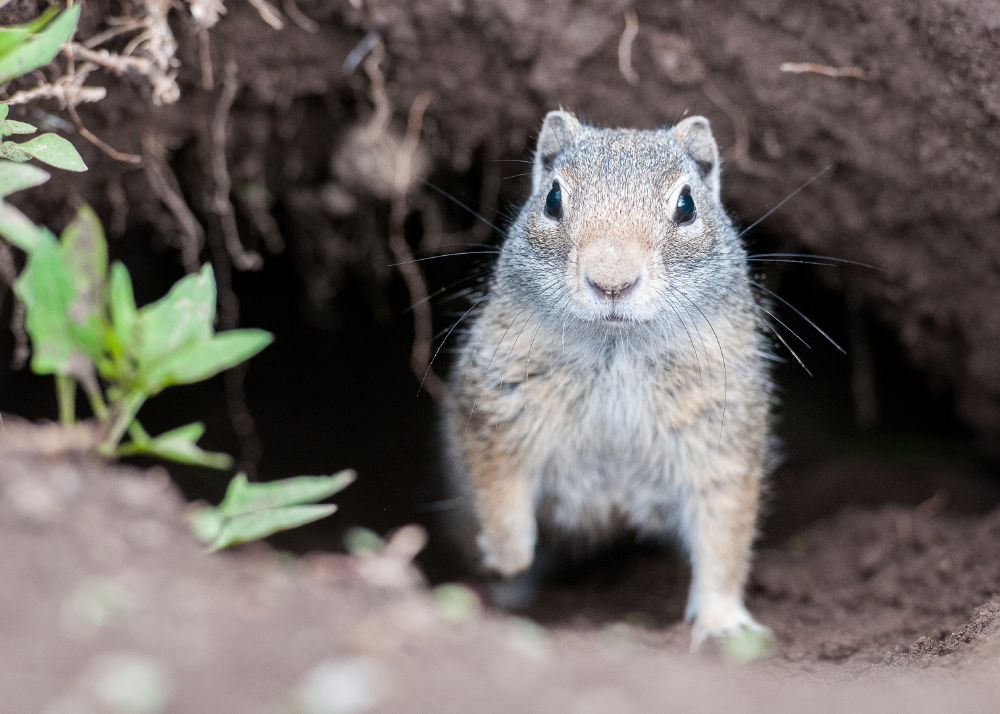
Shimmy Shimmy Shake
Way up north in the tundra, the Arctic ground squirrel goes to extra measures to make sure that they stay warm while hibernating. Every two to three weeks they have their own personal dance party where they can shake for up to fifteen hours. This underground shimmy brings up their temperture so that they can continue to be warm in their burrow.
Sources and Recommended Books
-Naomi Hurtienne Magola, Youth Services Librarian



